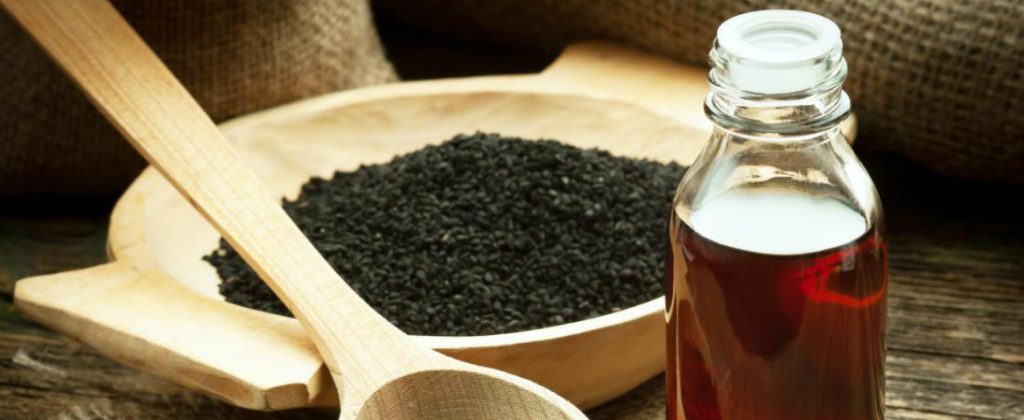Kohl eyeliner powder (also known as kajal or stimmi) has been a beauty staple since ancient times. Often found in pencil form, this liner creates the dramatic look of dark, smoldering eyes.
Kohl made from galena contains lead sulphide, which can be harmful and needs to be removed frequently. Modern products use non-irritating ingredients and prioritize safety for everyday wear.
Ancient Egyptians
Kohl was an essential part of ancient Egyptian makeup. The dark pigment was used for both beauty and ritual. It was believed to protect against the evil eye, and kohl was often buried with the dead. Today, it is still used in some cultures across the world as a form of self-expression and beauty ritual.
In addition to the mineral galena, kohl was mixed with other natural ingredients to enhance its medicinal properties. Queen Hastshepsut reportedly ground charred frankincense into hers, which was believed to cool the eyes and keep away flies—the main carrier of conjunctivitis.
It was also popular among desert dwellers who wore it to reduce the glare of the sun, and as a protection against dust and sandstorms. In the eighteenth century, kohl’s use in Europe was spurred by the Orientalist movement, which brought images of languid odalisques and exotic Middle Eastern culture to salons and art galleries. Modern-day kohl can contain everything from soot to beeswax, but there is also a growing number of artisanal companies offering organic and natural alternatives to conventional cosmetics.
Middle East
A black powder called ‘ithmid’ or antimony was used in the Middle East in the form of kohl eyeliner. It was applied around the eyes to protect them from desert dust and heat. It also had natural and medicinal benefits for the eyes. The kohl was brushed across the eyebrows and lids by men and women alike. The art of applying kohl was an important part of the Arab culture for many centuries.
Kohl is still used in the Middle East, North Africa, parts of South Asia and West Africa as eyeliner to contour and darken the upper eyelid and as mascara for the eyelashes. It is known by several names depending on the region, including kajal, khal, surma, tiro and kohl-e-ayd.
Kohl used to be made from a combination of ingredients like soot, plant extracts and almonds but today it’s mostly made from lead-based formulas. Because of this, regular use of traditional kohl can accumulate dangerous levels of lead in our body. This is why many major cosmetic brands no longer use the term kohl to describe their products.
Indians
Kohl has long played an important role in the beauty culture of South Asian countries like India. It was used as a cosmetic enhancer, eye health treatment and social status indicator. However, due to its harmful chemical ingredients such as lead sulfide, it has been discontinued in many modern cosmetic brands.
Thankfully today, kohl has been replaced with natural and healthy ingredients such as charcoal, nutrient oils, gum resins etc. The result is a product that is safe for your eyes and skin!
It is a staple in Indian culture to line one’s waterline with kajal. Traditionally, mothers would apply it to their babies shortly after birth to strengthen their eyesight and protect them from the evil eye (buri nazar). Kajal can also be seen on Bharatnatyam and Odissi dancers who use it to highlight their expressive movements and facial gestures. It is often paired with mascara to achieve a smoky eye look. Our Saffron & Rose kohl is a black powder that can be applied to outline the waterline, lashes and inner eye rim, or even as a brow definer.
Western
Whether you like the look of a smudged kohl eyeliner or a thicker, razor-sharp line painted with a soft pencil, it is hard to imagine an eye makeup kit without some kind of black powder. Kohl has been a part of beauty traditions for thousands of years, with mentions in religious texts and usage spanning cultures and genders.
Historically, kohl has been made with either galena (lead sulfide) or amorphous carbon. Some manufacturers use soot and various plant oils as well. Some modern kohls are still based on lead, but others contain plant waxes and natural oils to pamper the eyes.
A number of small artisanal companies make modern kohl products derived from plants rather than chemicals. These are much more gentle and healthier for the skin around the eyes, and are often infused with herbs and essential oils to relax the eyes as well. One such brand is Saffron & Rose, who produce a kohl that is handmade in Morocco from olive pips, dates, cloves, frankincense gum, and lavender. The case they use to contain their kohl is also handmade from a local artisan, and the company practices fair trade with this stallholder.


